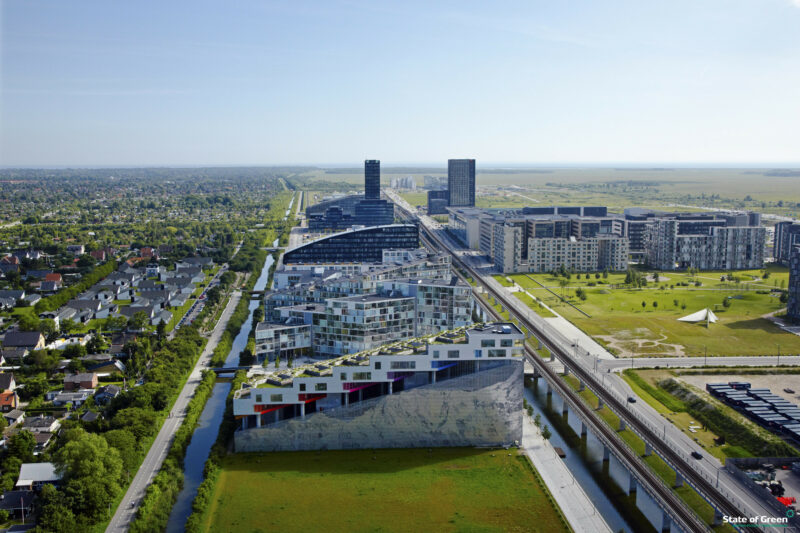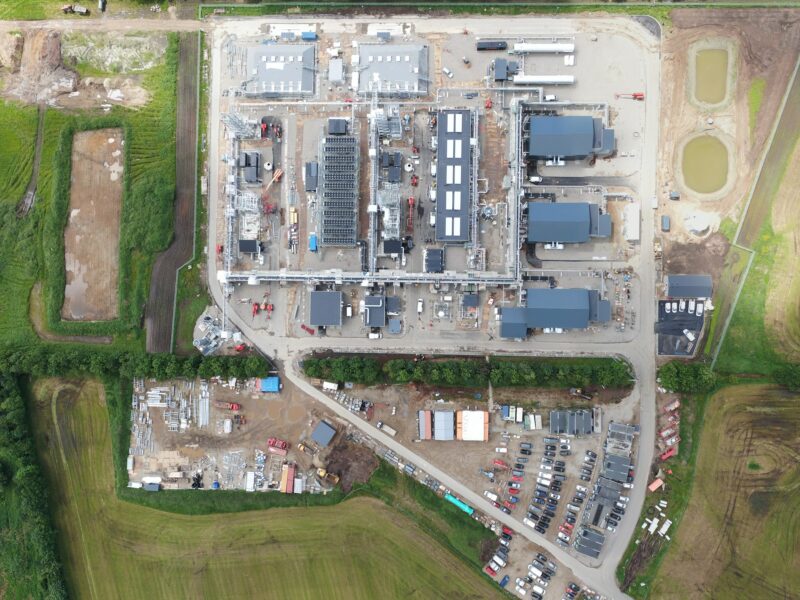News
Smart energy systems
Quadrupling job creation and massive GDP gains expected from decarbonisation


In order to reach the goal of the Paris Agreement, decarbonisation of the global economy is a must. This will, of course, be neither free nor cheap. It is estimated that decarbonisation will require investments of USD 130 trillion.
However, while the investments are huge, thereturn on investment will be enormous, according to the International Renewable Energy Agency (IRENA) in their Global Renewables Outlook. IRENA estimates that the savings amount to eight times the cost when accounting for reduced health and environmental factors. Meanwhile, the decarbonisation could boost cumulative global GDP with gains of USD 98 trillion between now and 2050.
“Now, more than ever, public policies and investment decisions must align with the vision of a sustainable and just future. Making this happen requires a broad policy package – one that tackles energy and climate goals hand in hand with socio-economic challenges at every level,” underlined Francesco La Camera, Director-General of IRENA, in the foreword to the outlook.
The Global Renewables Outlook also looked at energy and socio-economic transition in 10 regions worldwide, and concluded that all regions will significantly increase the shares of renewable energy use. Southeast Asia, Latin America, the European Union and Sub-Saharan Africa are, for instance, expected to reach around 70-80 per cent share of renewable energy in the energy mix by 2050.
-Related solution: Constructing Europe’s first subsidy-free offshore wind farm: Hollandse Kust Zuid
Green transition equals job boom
Another effect of the decarbonisation and energy transition is a global spike in job creation within the renewable energy sector. It is estimated in the report that renewable energy jobs will almost quadruple to 42 million from the 11 million currently occupied in the sector today.
Denmark has been experiencing a such boom in renewable energy jobs in recent years. Employment in the green energy sector alone has increased by 27 per cent since 2012. Reaching the Danish climate target of a 70 per cent reduction of greenhouse gases in 2030 holds further job creation potential.
The Danish labour movement recently revealed initiatives to reach the 70 per cent reduction target estimated to create up to 380,000 temporary jobs over 30 years, of which 17,000 will be permanent.
-Related solution: How to decarbonize the energy sector in an affordable way
Green recovery from COVID-19
Other than looking at the long-term effects, the short-term recovery solutions for the current COVID-19 crisis is included in the IRENA report.
“By accelerating renewables and making the energy transition an integral part of the wider recovery, governments can achieve multiple economic and social objectives in the pursuit of a resilient future that leaves nobody behind,” said IRENA’s Director-General La Camera in a press release.
The recovery measures suggested in the IRENA outlook following the COVID-19 pandemic include flexible power grids, efficiency solutions, electric vehicle charging, energy storage, interconnected hydropower, green hydrogen, etc.
“Governments are facing a difficult task of bringing the health emergency under control while introducing major stimulus and recovery measures. The crisis has exposed deeply embedded vulnerabilities of the current system. IRENA’s Outlook shows the ways to build more sustainable, equitable and resilient economies by aligning short-term recovery efforts with the medium-and long-term objectives of the Paris Agreement and the UN Sustainable Development Agenda,” said La Camera.
Source:
IRENA Global Renewables Outlook
Photo credit: Justin Lim
You should consider reading
solutions
Combined heat and power production
+6
CopenHill: The story of the iconic waste-to-energy plant
20 November 2024publications
Combined heat and power production
+9















